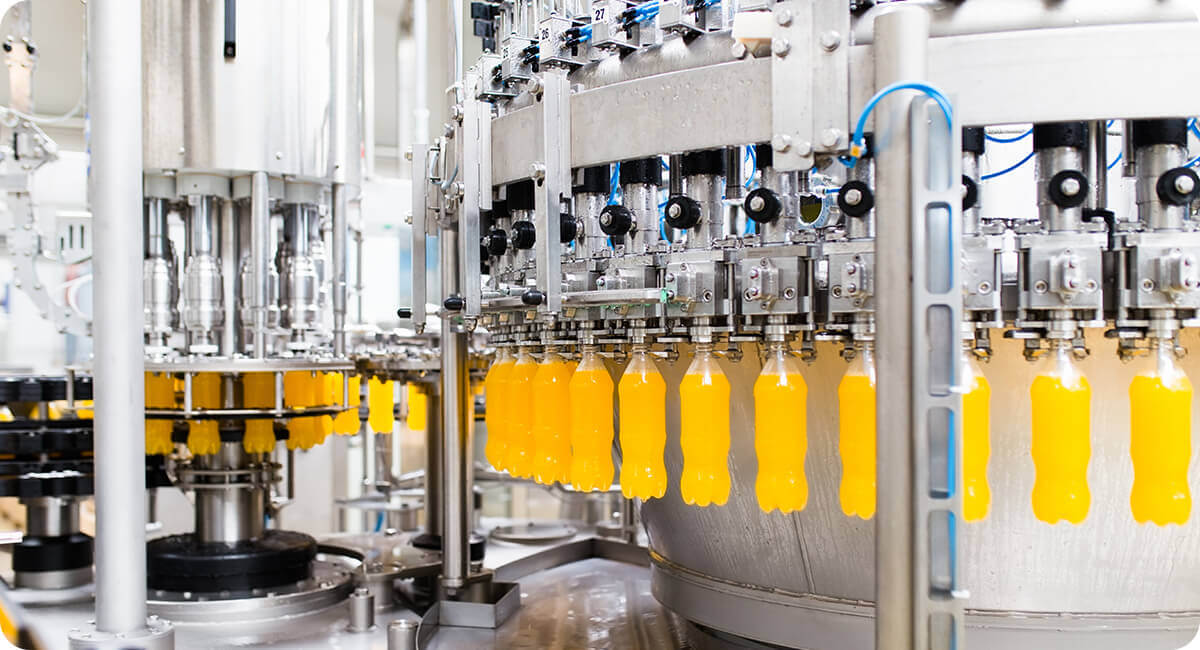Advanced Liquid Package Solution
Nozzles play a crucial role in the performance of liquid filling machines, directly affecting the accuracy and efficiency of the filling process. Blockages can disrupt operations, leading to product waste, increased downtime, and ultimately impacting profitability. This article aims to provide effective strategies for troubleshooting and resolving nozzle blockages, ensuring smooth operation and minimal disruption in liquid filling processes.

Viscous Liquids
High-viscosity products, such as syrups or heavy oils, can lead to blockages in nozzles. The thicker consistency makes it difficult for liquids to flow freely, increasing the likelihood of clogs.
Debris and Contaminants
Blockages can also arise from debris and contaminants present in the liquid. These can include particles from raw materials or residues left over from previous batches, highlighting the need for thorough cleaning and quality control.
Temperature Variations
Temperature fluctuations can affect the viscosity of liquids. For instance, cooling can thicken liquids, increasing the risk of blockage during filling.
Improper Setup or Calibration
Incorrect positioning of nozzles or improper machine settings can contribute to blockages, particularly if the filling parameters do not align with the liquid's characteristics.
Decreased Filling Speed
One of the first signs of a blockage is a noticeable decrease in filling speed. When the flow rate slows, it often indicates that the nozzle is obstructed.
Inconsistent Fill Levels
Variations in fill levels can suggest that the nozzle is not dispensing liquid consistently, which may be due to partial blockages.
Unusual Nozzle Sounds
Operators may hear gurgling or sputtering sounds emanating from the nozzle, indicating that air is being sucked in due to a blockage.
Liquid Leakage Around Nozzles
Observing liquid leakage around the nozzles can also signal improper sealing, often linked to blockages.
Step 1: Conduct a Visual Inspection
Begin troubleshooting with a thorough visual inspection of the nozzles and associated components. Look for any signs of wear, misalignment, or buildup that could indicate a blockage.
Step 2: Flush the Nozzle
Flushing the nozzle with a compatible cleaning solution can help clear minor blockages. This quick method often resolves the issue without the need for disassembly.
Step 3: Disassemble and Clean
For more severe blockages, disassembling the nozzle may be necessary. Clean all parts thoroughly to remove any debris or buildup that may be causing the blockage.
Step 4: Adjust Flow Rate and Pressure
Modifying the filling machine's flow rate and pressure settings can alleviate blockages. Lowering the pressure may help reduce the chances of obstruction.
Step 5: Test with Water or Another Clear Liquid
Conduct tests using water or a clear liquid to identify any remaining blockages without risking product loss. This step can help isolate the problem before returning to normal operations.
Regular Maintenance Schedule
Implementing a routine maintenance schedule is essential for preventing nozzle blockages. Regular inspections and cleanings can identify potential issues before they escalate.
Training Operators
Educating operators on proper handling and troubleshooting techniques is vital. Well-trained staff can quickly address nozzle blockages, minimizing downtime.
Using Quality Ingredients
Ensuring that all liquids used in the filling process are free from debris and contaminants can significantly reduce the risk of blockages. Quality control measures during ingredient sourcing are crucial.
Implementing Inline Filtration Systems
Using inline filtration systems can help catch debris and contaminants before they reach the nozzles, reducing the likelihood of blockages significantly.
Using Heated Nozzles
For high-viscosity products, heated nozzles can help maintain optimal flow by reducing liquid thickness, thus preventing clogs.
Installing Sensors for Monitoring
Incorporating sensors to monitor flow rates and detect blockages in real-time can facilitate prompt corrective actions, enhancing operational efficiency.
In conclusion, addressing nozzle blockages in liquid filling machines involves understanding common causes, following effective troubleshooting steps, and implementing preventive measures. Manufacturers should prioritize regular maintenance and operator training to effectively manage and prevent nozzle blockages, ensuring a smooth and efficient filling operation that supports their business goals.

By continuing to use the site you agree to our privacy policy Terms and Conditions.